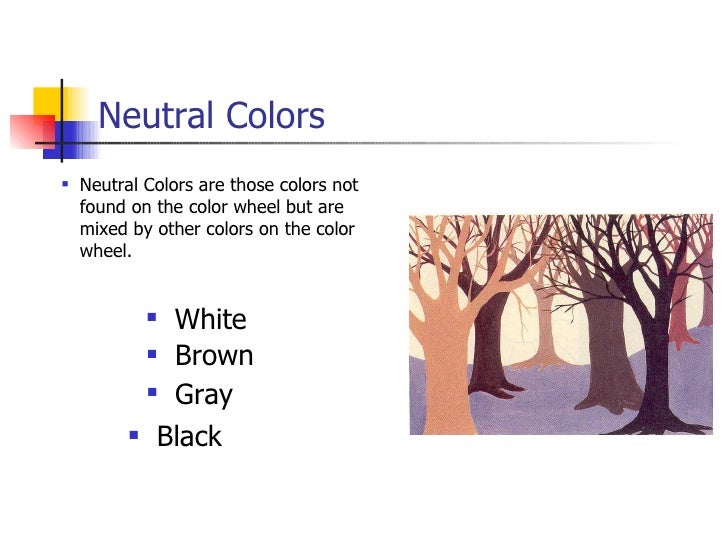

To qualify as a neutral, a color must be gentle, calming, and subtle. While beige and ivory might be the colors that immediately spring to mind, neutral actually refers to a very broad spectrum of hues that act as a versatile backdrop to more eye-catching accent colors. Darker neutrals such as gray, charcoal and olive are found as shades of primary and secondary colors, often mixed with a generous dose of brown for good measure.Ĭolor wheel image by contributor Antun Hirsman.Īlthough technically lacking in color, neutrals are not completely devoid of hue. On contemporary color wheels, neutrals are usually found at the far center or periphery of the wheel as pale tints, depending on the orientation of the wheel. Painters would have created neutral shades by mixing white with varying amounts of stronger colors. On a traditional painter’s color wheel these neutral tints are not always present. Neutral colors tend to be pale tints or dark shades of natural-inspired colors, such as brown, gray, yellow, and green. If you can’t quite give a color a firm name such as red, blue, or green, and instead buff, ivory, off-white, or beige come to mind, it’s likely a neutral color. The term neutral refers to hues that struggle to be defined as colors. Where Do Neutral Colors Sit on the Color Wheel?


 0 kommentar(er)
0 kommentar(er)
